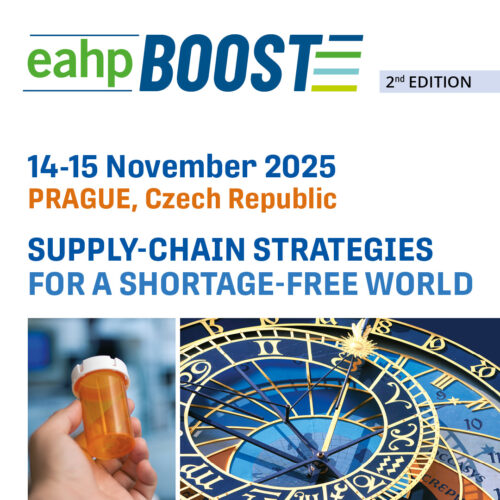INTRODUCING A CLINICAL PHARMACY SERVICE INTO THE HOSPITAL EMERGENCY DEPARTMENT AT THE WEEKEND
European Statement
Clinical Pharmacy Services
Author(s)
Roisin O’Hare, Andrew Dawson, Natasha Beattie, Eva McRory, Jayne Agnew, Sara Laird, Tracey Boyce, Victoria McConville
Why was it done?
In November 2016, regional funding was provided to all of the Trusts in order to improve medicines reconciliation rates within 24 hours of admission. The weekend clinical pharmacy service to the emergency department was established from 1st December 2016.
The aim of this project was to examine the impact of a clinical pharmacist led weekend service on to the Emergency Department in xxxxxxx.
Objectives
To determine the number of medication histories and medicines reconciliation completed within 24hrs of patient admission
To evaluate the type and signficance of pharmacy interventions identified
To record the number of medications prescribed by the pharmacist.
What was done?
A pharmacy service to optimise medicines use and pharmaceutical care for patients in the emergency department at the weekend was established.
How was it done?
We conducted a literature review on the existing clinical pharmacy services to ED. We used an Agile methodology. We established a core stakeholder group to develop a vision and a plan for the project. We used an Agile methodology with Plan Do Study Act (PDSA) with weekly ‘scrums’ and 6-8 weekly sprint meetings. We developed a data collection form to collate quantitative data; including the number of; patients reviewed by the pharmacy team, medication histories completed, medicines reconciliation completed within 24hrs of admission, pharmacist interventions, medications prescribed by the pharmacist.
What has been achieved?
We demonstrated an increase in the number of patients reviewed per day since December (average of 10) to June (average of 12). We increased the Medicines Reconciliation rate in the ED in xxxxxxx within 24hrs of admission from 0% in Nov 2016 to ~60% in Dec 2016 and ~80% in August 2017. The Pharmacy Team made on average 4.5 interventions (range 3-6) per patient reviewed (an average of 45 interventions per day). Prescribing by pharmacists demonstrated an increase in the number of medications prescribed per patient; December (0) and August (4).
What next?
The pharmacist interventions directly improved patient safety and care. Staff in the ED have anecdotally praised the service to the Pharmacy Team and have increasingly accessed the knowledge of the pharmacist at the weekend to address medication-related problems. We believe that we shaped an approach to clinical pharmacy practice in the ED which could be shared across the Trust and further across the country.
References:
1. Medicines Optimisation, the safe and effective use of medicines. Available from: http://www.nice.org.uk/guidance/ng5 Accessed on 13th October 2017.
2. Eadon H. Assessing the quality of ward pharmacists’ interventions. Int J Pharm Practice. 1992;1:145–7.
Acknowledgements:
We would like to acknowledge the work of the entire clinical pharmacy and clinical pharmacy technician staff at xxxxxxx who provide this service to the ED at the weekend and who tirelessly collected the data for this project.
























